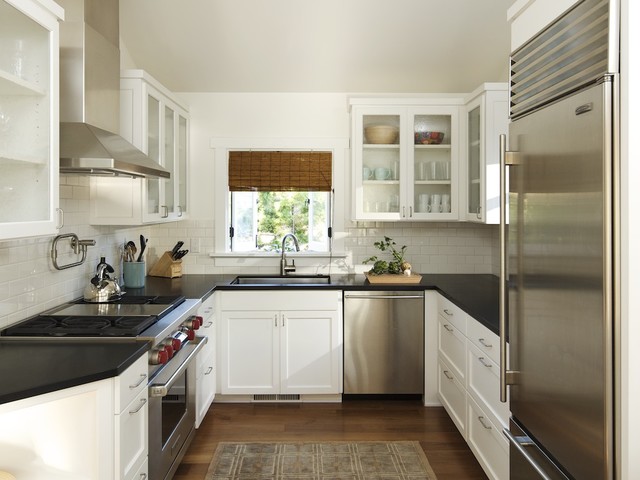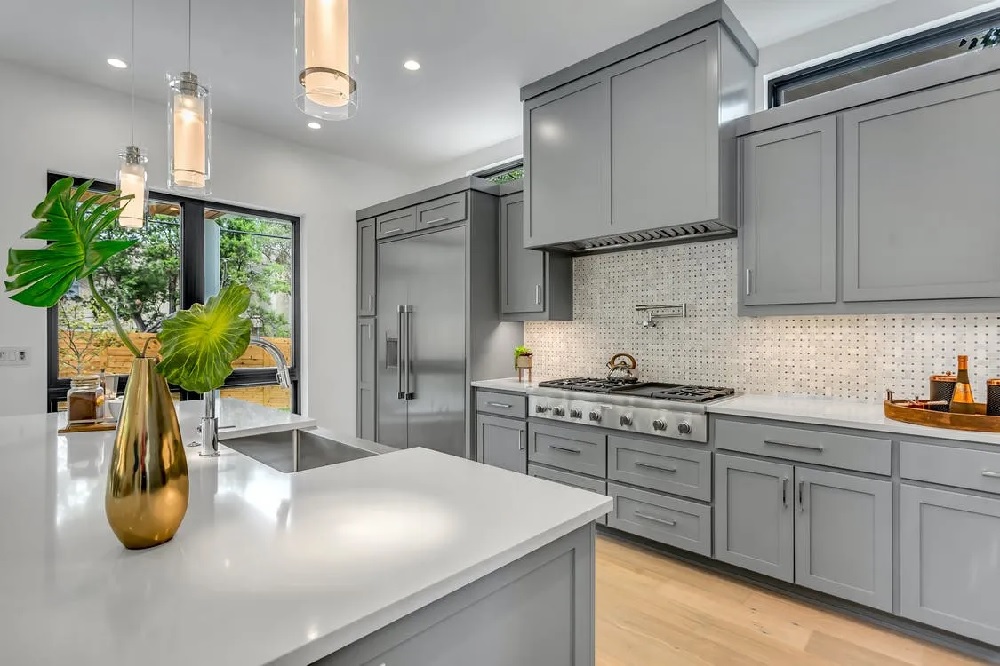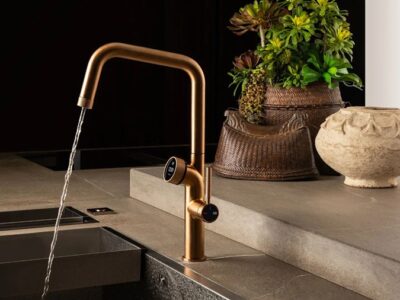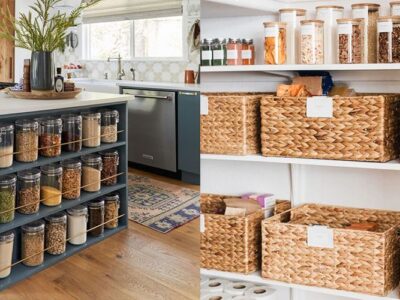The kitchen is the heart of the home, where meals are prepared and memories are made. However, it can also be a place of accidents and injuries. The design of a kitchen can greatly impact its functionality and safety. This is where ergonomic design comes into play. Ergonomic design focuses on creating spaces that are comfortable, efficient, and safe to use. In this article, we will discuss the impact of ergonomic design on kitchen functionality and safety.
What is Ergonomic Design?
Ergonomic design is the process of creating products and environments that are safe, comfortable, and efficient for people to use. The goal of ergonomic design is to reduce the risk of injury, strain, and fatigue by making products and spaces that are easy to use and require minimal effort.
The Impact of Ergonomic Design on Kitchen Functionality

A well-designed kitchen can make cooking and meal preparation a breeze. Ergonomic design can greatly impact the functionality of a kitchen. Here are some ways ergonomic design can improve kitchen functionality:
- Efficient use of space: Ergonomic design can help make the most out of limited kitchen space. Cabinets and appliances can be designed to maximize storage and counter space.
- Easy access to supplies: Cabinets and drawers can be designed to be within easy reach, reducing the need to stretch or strain to reach items.
- Improved workflow: Ergonomic design can improve the flow of the kitchen, making it easier to move around and complete tasks.
- Comfortable work surfaces: Ergonomic design can provide comfortable work surfaces that reduce strain on the back, arms, and wrist.
The Impact of Ergonomic Design on Kitchen Safety
Kitchens can be hazardous places if not designed properly. The risk of accidents and injuries can be greatly reduced with ergonomic design. Here are some ways ergonomic design can improve kitchen safety:
- Reduced risk of slips and falls: Non-slip flooring and proper lighting can reduce the risk of slips and falls in the kitchen.
- Safe storage: Cabinets and drawers can be designed with safety in mind, such as soft-close drawers and cabinets that prevent items from falling out.
- Safe appliances: Ergonomically designed appliances can reduce the risk of burns, cuts, and other injuries.
- Easy-to-use faucets and handles: Faucets and handles can be designed to be easy to use, reducing the risk of strain and injury.
Ergonomic design can greatly impact the functionality and safety of a kitchen. By creating a space that is comfortable, efficient, and safe, we can reduce the risk of accidents and injuries in the kitchen. Whether you are designing a new kitchen or renovating an existing one, ergonomic design should be a top priority.













Comments